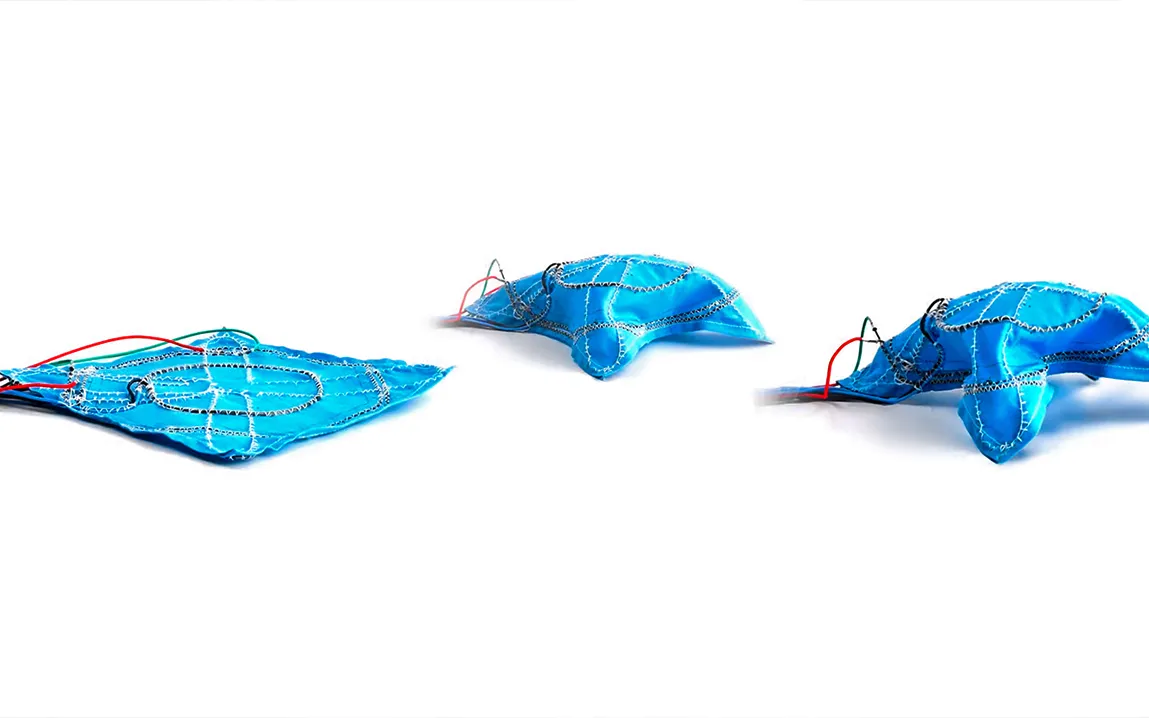Learn how new shape-shifting materials are revolutionizing smart textiles and soft robotics and are opening up applications in almost every industry.
New shape-changing materials: researchers have done spectacular advances in material science going to revolutionize soft robotics and smart textiles. The scientists discovered the inspiration in nature—the living world—particularly from the octopuses and sea cucumbers with their ability to alter in shape and properties following some stimuli.
These developments have immense potential in the field of soft robotics, wherein robots are designed from very flexible materials. Traditional inelastic robots often have problems in terms of flexibility and safety when in contact with humans or amidst unpredictable environments.
In contrast, soft robots made from these new materials can mimic the flexibility and resilience of living organisms, enabling them to perform complex tasks with greater ease and safety. For example, there is the soft robotic octopus, called the “octobot,” which does not include rigid parts and demonstrates that these materials can indeed be used in autonomous soft robotics.
The textile industry will be revolutionized by introducing color-changing, texture-changing, or shape-changing materials sensitive to external factors. Such fabrics could result in clothes that respond to the environment or the wearer’s mood, both functional and aesthetic. A perfect example is the AI-infused intelligent textile developed by researchers in Hong Kong, where the color of the clothes changes at the snap of a finger. This, in turn, may lead to reduced clothing waste due to versatile fashion choices.
These developments are, however, not without challenges. Ensuring durability, scalability, and cost-effectiveness of these materials remains critical for ongoing research. Another consideration is the environmental impact of producing and disposing of such materials in sustainable development.
This application opens many potential avenues and pathways, such as its medicine usage: shape-changing material would eventually lead to an innovative soft exoskeleton that will support those moving handicapped people comfortably along with a more pliable, adaptive alternative instead of the stiff braces in modern use. In consumer electronics, the devices might take on shape to protect their damage or to offer a good experience for the users.
With material science, robotics, and textile engineering converging, this means that the future would witness a world where biological boundaries blur with synthetic, allowing for technologies that merge fluidly with human life. As research continues to develop, the implementation of shape-changing materials in diverse fields is expected to pick up pace, ushering in an era of unprecedented innovation and application.



